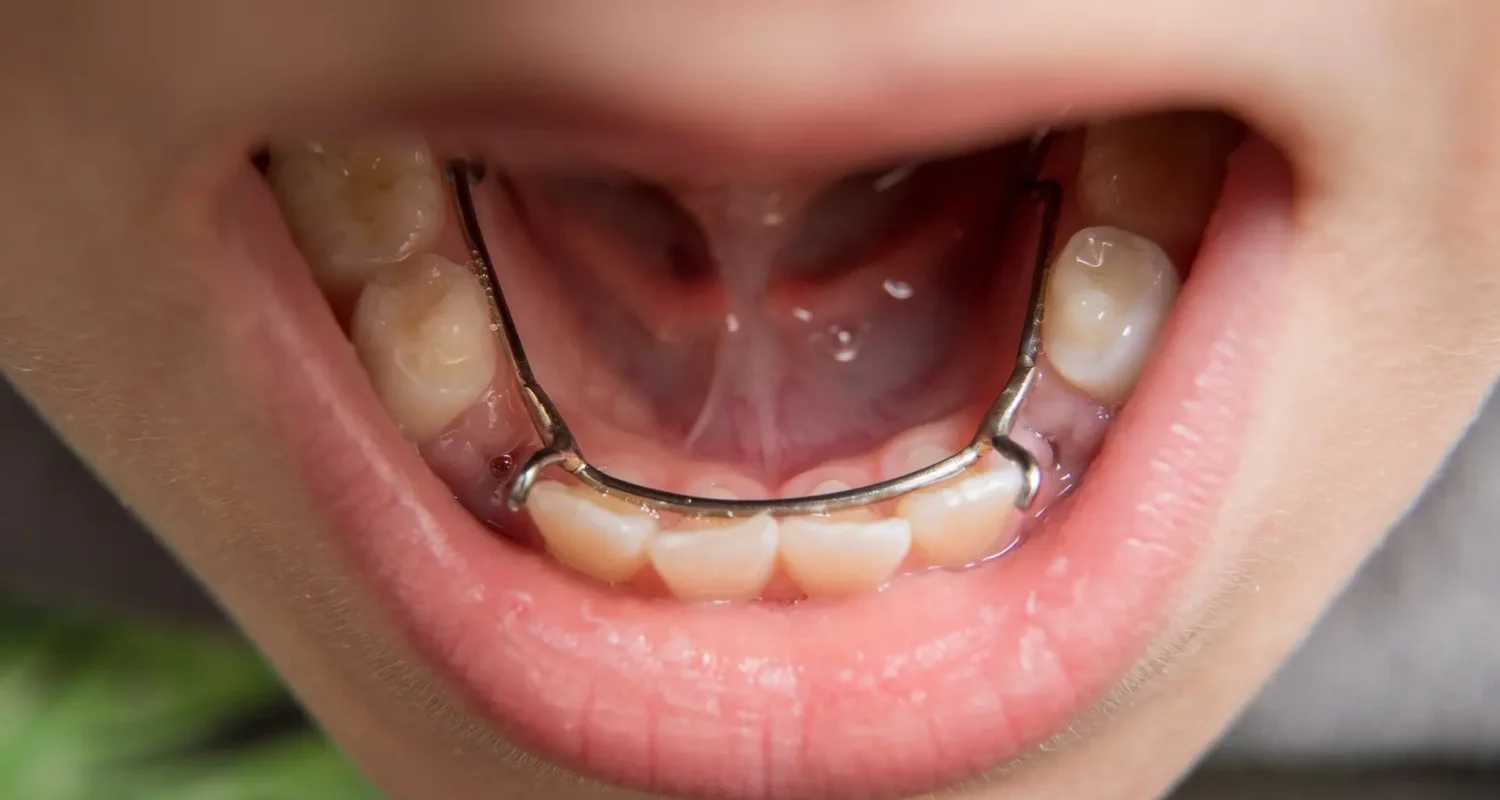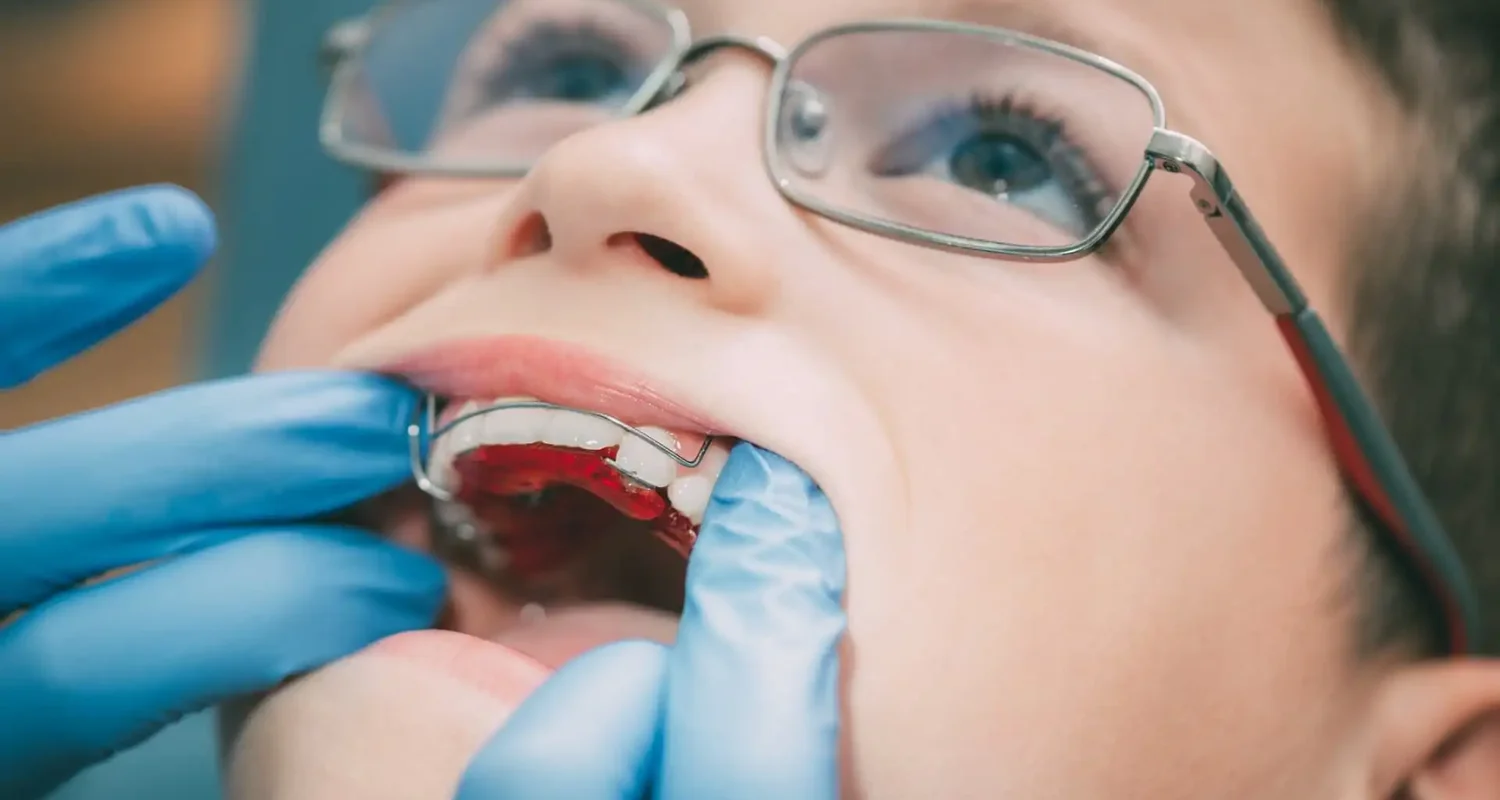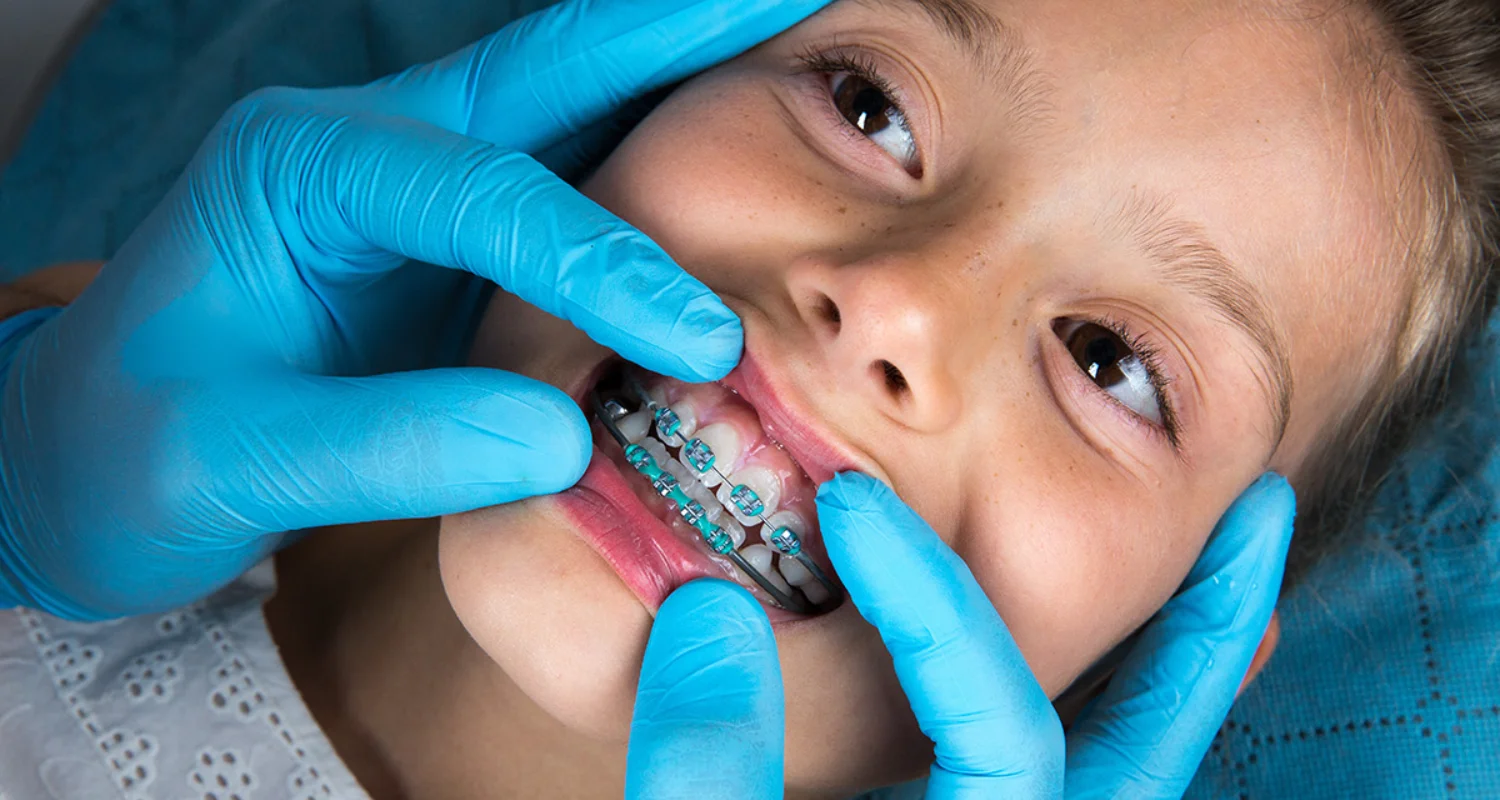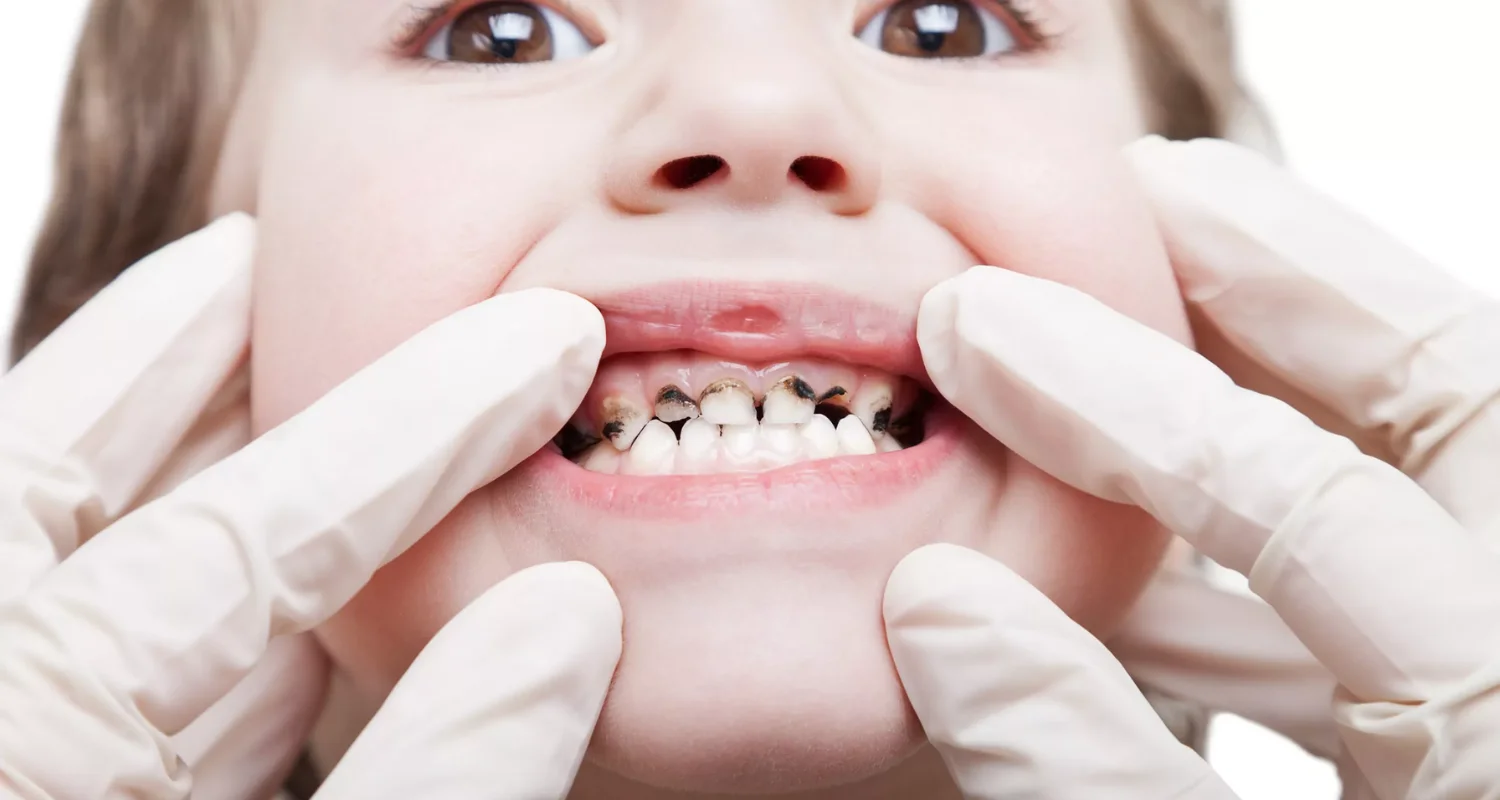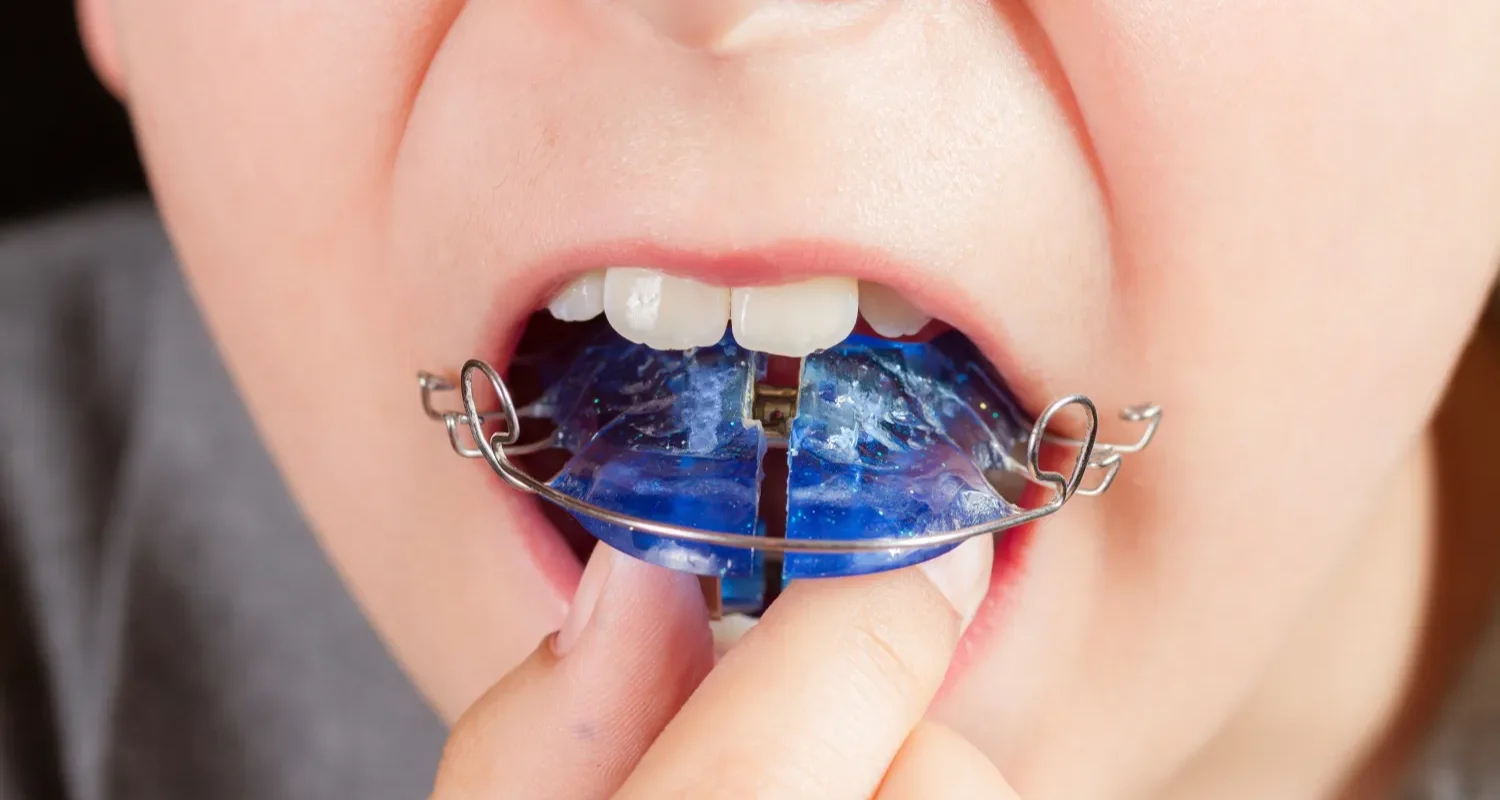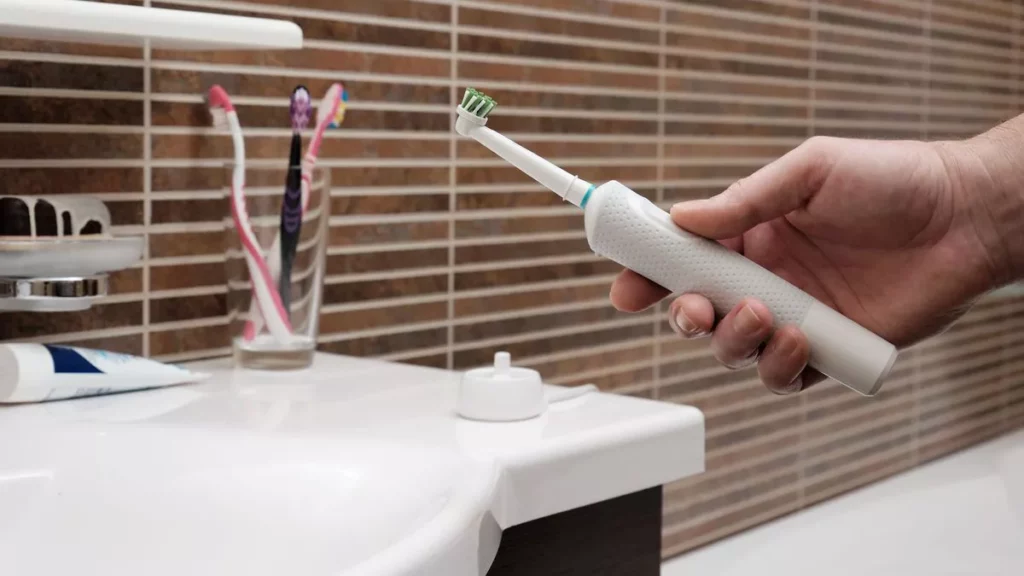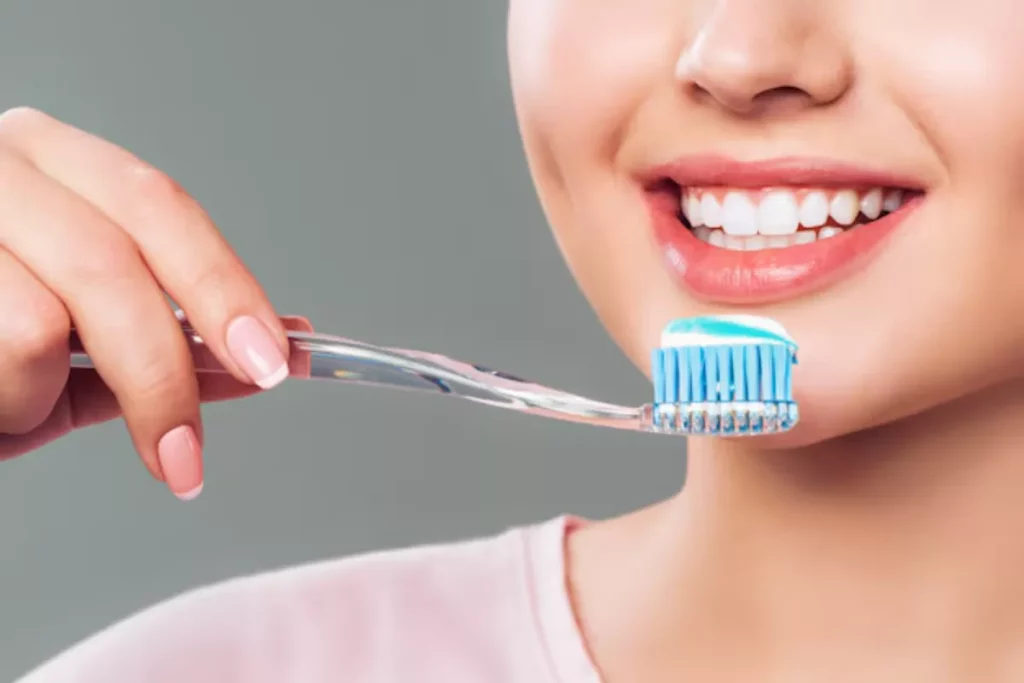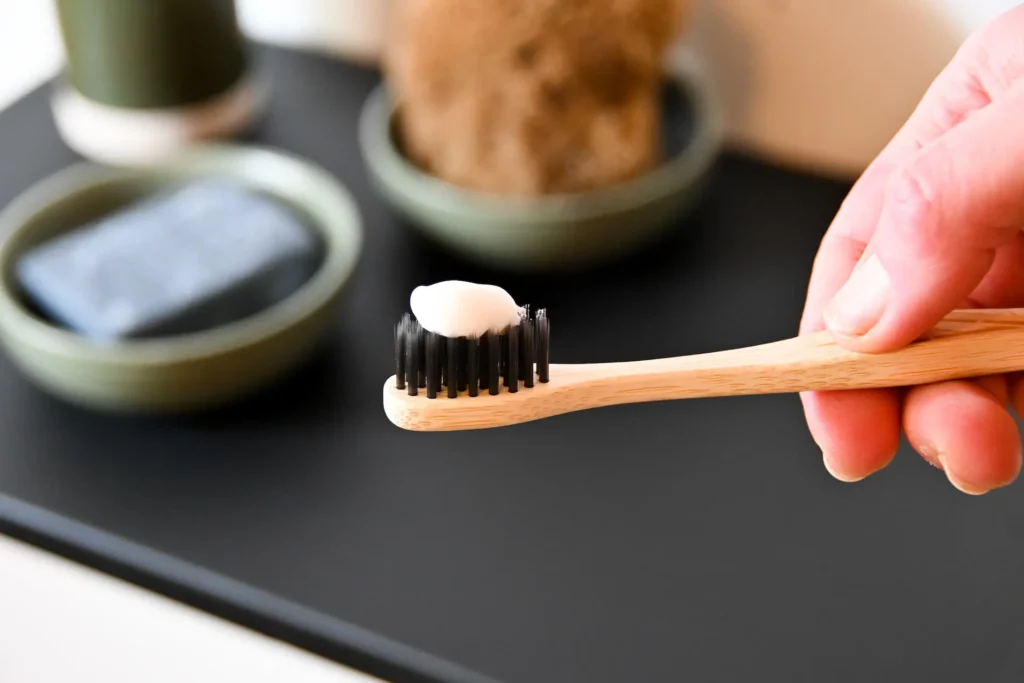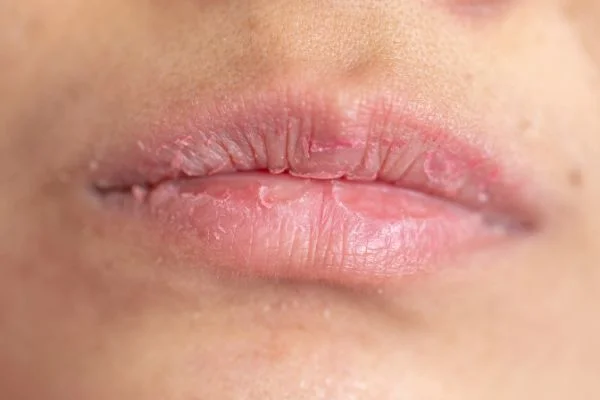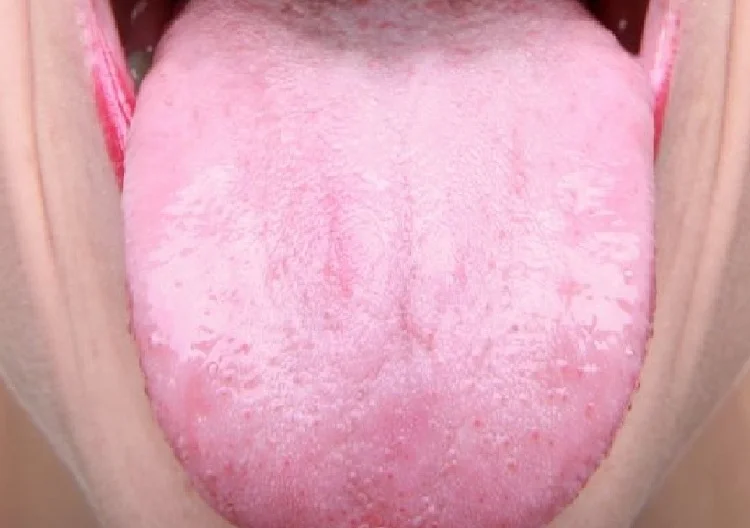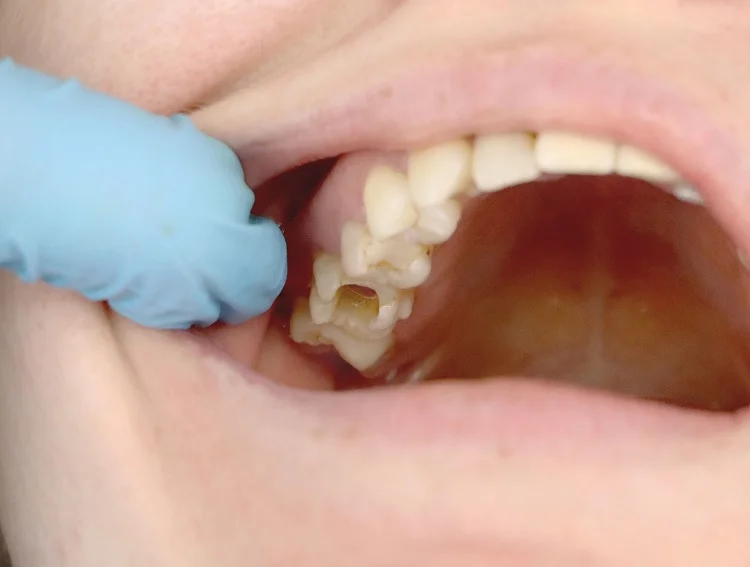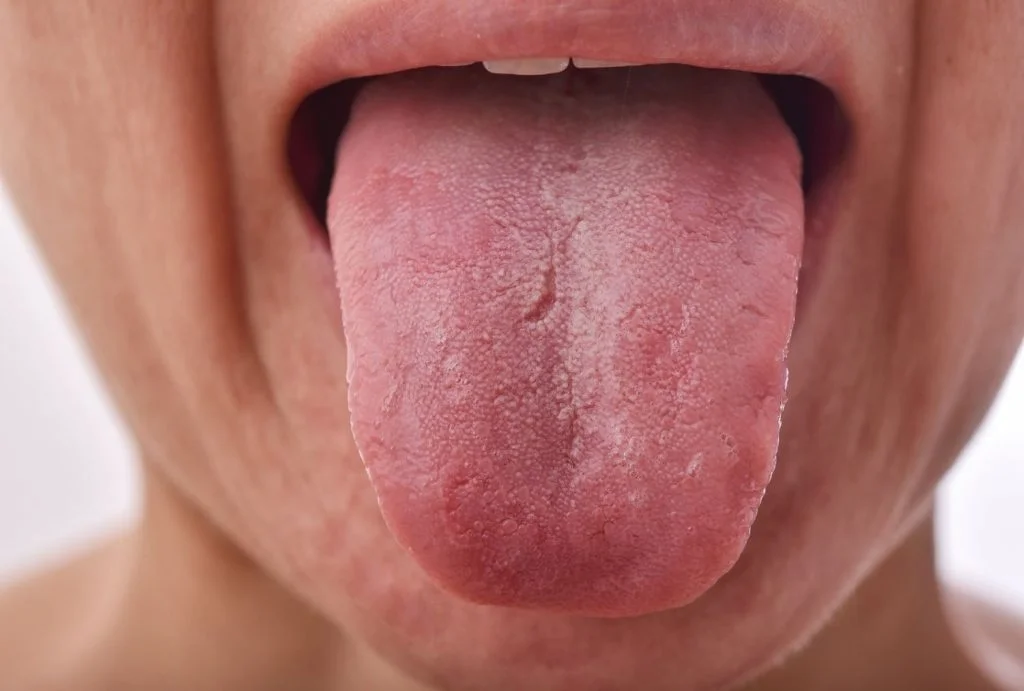Last Updated on: 22nd December 2025, 10:35 am
Do you know how interceptive orthodontic treatment works?
Have you noticed that your child’s teeth look a bit crooked, their bite not lining up quite right, or their jaw seeming slightly off? Don’t worry; these are pretty common issues in kids and can affect both how they chew and how their smile looks. Things like losing a baby tooth too early, thumb sucking, cavities, or even genetics play a role in how their mouths develop.
This is where interceptive orthodontics treatment comes in. Think of it as “preventive dental care” that steps in early on to guide the proper growth of teeth and jaws, helping to avoid more complex treatments down the road. Orthodontics isn’t just about straightening teeth; it’s about setting the foundation for a lifetime of healthy, confident smiles.
In this article, we’ll break down what interceptive orthodontics is, when it’s needed, and how it can truly transform your child’s smile. Early intervention can make all the difference, let’s dive in!
What is interceptive orthodontics?
Interceptive orthodontics is an early approach to correcting dental and jaw development issues in children before they become more serious. Think of it like placing road signs along your child’s dental growth path: if we spot a detour or pothole early, it’s much easier to fix than waiting until it causes a major traffic jam later on. By addressing problems like misaligned bites or crooked teeth early, we can guide the natural growth of the mouth and avoid complicated treatments down the line.
This particular treatment often involves special appliances—either removable or fixed—that help guide tooth position and control the growth of facial bones. It also works to correct habits that affect dental health, such as thumb sucking or tongue thrusting, and can prevent issues with jaw development. Also known as maxillary orthopedics, interceptive orthodontics offers today’s parents a range of options to tackle genetic, skeletal, or functional problems in advance, reducing the need for invasive procedures as their child grows.
Does interceptive orthodontic treatment really work?
Absolutely, it works! And it’s not just a claim; studies prove how effective it is. Interceptive orthodontics treatment takes advantage of those key growth spurts in kids while their bones are still developing, making it much easier to guide teeth and jaws into the right position. Think of it like shaping clay: when it’s soft, you can mold it any way you want, but once it hardens, it’s a lot tougher to change.
While it might not always be the final fix, early treatment can make future orthodontic work quicker and less complicated. In some cases, it even prevents problems that could require major treatments like surgery in adulthood.
For example, if a child’s lower jaw sticks out too far or their upper teeth protrude, interceptive orthodontics can guide their growth to avoid bigger issues. Plus, it helps break habits like thumb sucking, stopping them from causing more bite problems down the road.
When should you take your child to the orthodontist?
The answer is simple: the earlier, the better! The perfect time for that first orthodontic check-up is around 6 or 7 years old, just as those first permanent teeth start coming in. Now, this doesn’t mean your child will need braces right away; but an early visit can catch small issues before they turn into bigger problems down the road. A quick check-up now could save you from more complicated treatments later!
Difference between interceptive and traditional orthodontics
When it comes to fixing your child’s smile, there are two types of treatments. They sound similar but work in different ways: interceptive orthodontics and traditional braces.
● Interceptive orthodontics: This is for younger kids, usually between 4 and 12 years old, while their jaw and facial bones are still growing. The idea is to catch and correct problems early, before they turn into bigger issues. Special appliances—either removable or fixed—are used to guide jaw growth, straighten teeth, and even help break habits like thumb sucking.
● Traditional braces: This treatment kicks in once all the permanent teeth have come in when classic metal brackets and wires come into play, working to align teeth and fix bite problems. While braces are super effective, the process can take longer and might be a bit uncomfortable at times.
Here’s the best part: these treatments can complement each other! Getting a head start with interceptive orthodontics can shorten the time your child might need braces later, make the process smoother, or even eliminate the need for braces altogether. And by addressing issues early on, you could save both time and money in the long run!
Is your child a candidate for interceptive orthodontics?
Interceptive orthodontic treatment is ideal for kids between 4 and 12 years old, when their teeth and jaws are still growing and easier to guide into the right position. While not every child needs early orthodontic treatment, it can be highly beneficial for about 15 to 20% of kids. So, how do you know if your child might need it?
Here are some common signs:
● Crooked, crowded, or misaligned teeth: Significant crowding by age 7 can be a red flag since permanent teeth are larger and need more room to come in properly.
● A jaw that’s growing too much or too little: This includes skeletal issues like severe overbites, underbites, crossbites (front or back teeth), or open bites.
● Protruding front teeth: Teeth that stick out too far are vulnerable to injury.
● Early loss of baby teeth: Whether due to injury or decay, losing baby teeth too soon can cause neighboring teeth to shift, blocking the path for permanent teeth. A space maintainer can prevent this.
● Harmful habits: Thumb sucking, tongue thrusting, or lip biting can affect how teeth and jaws develop.
● Speech difficulties: Trouble pronouncing certain sounds clearly can sometimes be related to bite or jaw alignment issues.
● Mouth breathing: Difficulty breathing through the nose or constant mouth breathing can influence facial growth.
● Facial imbalance: A face that looks too long or too short, or difficulty closing lips comfortably.
● Chewing or swallowing problems: Difficulty biting or swallowing properly, or sticking out the tongue while talking.
If you notice any of these signs, it’s a good idea to consult an orthodontist who specializes in early treatment. According to the American Association of Orthodontists (AAO), kids should have their first check-up by age 7 to spot and address any potential bite problems before they become more serious. Early intervention can make a big difference in your child’s smile and their overall health!
When NOT to use interceptive orthodontics
Interceptive orthodontic treatment can do wonders, but it’s not the right fit for every child. Here are a few situations where this treatment might not be the best option:
● Kids under 4 or over 12: The treatment works best when the jaw and bones are still growing.
● Poor brushing habits: If your child struggles with keeping their teeth clean, appliances can cause more harm than good. The best thing in this case is teaching the Bass brushing technique.
● Untreated cavities or active mouth infections.
● Short tooth roots or structural dental issues.
● Special conditions like intellectual disabilities, Down syndrome, or any situation where it might be tough for the child to cooperate during treatment.
● Lack of parental support: This type of orthodontics needs regular check-ups and help from parents to make sure that the appliances are worn properly.
If any of these sound familiar, don’t worry, an orthodontist can recommend other options to get your child’s smile on track!
Types of interceptive orthodontics
When it comes to early orthodontic treatment, the right appliance can make all the difference. Depending on your child’s needs, the orthodontist might recommend fixed or removable devices to guide teeth and jaw development.
Here’s a breakdown of the most common types and how they can help shape your child’s smile:
● Space maintainers: If your child loses a baby tooth too soon, space maintainers keep that gap open, ensuring the permanent tooth has enough room to come in properly. This helps prevent future issues like crowded or crooked teeth.
● Palatal expanders: These devices gently widen the upper jaw by applying controlled pressure to the palate, creating more space for teeth to grow in. They’re especially helpful if your child has habits like thumb sucking or mouth breathing, which can affect how the palate develops.
● Early braces: Braces aren’t just for teenagers! In interceptive orthodontics, early braces can correct misaligned or rotated teeth at a younger age. They use gentle, controlled movements to guide teeth into their proper positions.
● Functional appliances: Designed to fix bite problems, these can be removable or fixed and are made from acrylic or metal. They help with:
-Correcting open bites, crossbites, or deep bites.
-Controlling jaw growth (whether it’s too much or too little).
-Straightening crooked or misplaced teeth.
-Stimulating growth in underdeveloped jaws.
-Strengthening mouth muscles to improve chewing and speech.
● Habit-correcting appliances: These devices help break harmful habits that can affect dental development, like thumb sucking, tongue thrusting, or lip biting. Common types include:
–Tongue cribs: stop the tongue from pushing teeth forward.
–Swallowing trainers: help correct swallowing patterns.
–Lip Bumpers: keep lips from pressing against teeth, aiding alignment.
Many interceptive orthodontic appliances can tackle multiple issues at once, often combining different tools for the best results. But they do require some teamwork: caregivers need to ensure proper use, maintain good hygiene, and keep up with regular orthodontist visits to monitor progress.
How interceptive orthodontic treatment works
Interceptive orthodontics treatment isn’t a quick fix. It’s a step-by-step process that takes time, patience, and teamwork between the child, caregivers, and orthodontist in order to overcome dentophobia in kids.
Here’s how it all comes together:
● Diagnosis phase: It starts with a deep dive into your child’s dental health. The orthodontist will take X-rays, snap photos of their mouth, create plaster or digital models, and gather a full medical history. This helps spot any dental issues or habits (like thumb sucking) that could affect how their teeth and jaws develop. With this info in hand, a custom treatment plan is designed just for your child.
● Interceptive or early intervention phase: This is where the magic happens: usually between ages 4 and 12, while your child’s bones are still growing. During this phase, special appliances are used to guide jaw development and fix bite issues before they turn into bigger problems. Think of it as straightening a young tree while it’s still flexible, so it grows perfectly upright.
● Corrective or braces phase: Once all the permanent teeth are in (usually after age 12), traditional braces might be needed to fine-tune tooth alignment. Here’s the good news: if interceptive treatment is done early, this phase is often shorter, simpler, and less invasive. In many cases, kids can avoid tooth extractions and get longer-lasting results.
● Retention phase: The final step is all about keeping that beautiful smile in place. Retainers are used to make sure teeth don’t shift back to where they started.
Throughout the whole process, regular check-ups are key. Interceptive orthodontic treatment requires frequent adjustments and monitoring to make sure everything is on track and delivering the best results possible.
Recommendations for parents
If your child is starting interceptive orthodontic treatment, you might be wondering how to support them along the way. It’s not just about regular visits to the orthodontist: parents and caregivers play a huge role in making sure the treatment is successful.
Here are some simple, practical tips to help make the process smoother (and maybe even a little fun!):
● Don’t skip those check-ups: It’s a good idea to have your child’s bite checked before they turn 7 to catch any issues early. Once treatment starts, make sure you stick to all follow-up appointments. These visits allow the orthodontist to adjust the appliances and ensure everything is moving in the right direction. Missing appointments can slow things down and make the treatment more complicated.
● Make wearing appliances a habit: Let’s face it, getting kids to wear their appliances can be tricky, especially if they’re removable. But you can turn it into something positive:
–Create a reward system: Make a fun chart where your child marks off every day they wear their appliance properly. After reaching an established goal, they can earn a treat, like picking a movie, going on a special outing, or getting a small prize.
–Explain why it matters: When kids understand that their appliance is helping them get a healthier, straighter smile, they’re more likely to cooperate. Try saying it’s like a personal coach helping their teeth “train” to get in shape!
● Keep those teeth sparkling clean: Good oral hygiene is super important, especially when there are appliances involved. They can trap food, making it easier for cavities and gum problems to develop.
–Supervise brushing: Make sure your child brushes after every meal and cleans their appliance if it’s removable.
–Use special tools: Orthodontic or interdental brushes are great for reaching those tricky spots that regular toothbrushes miss. Chek here two options that we recommend you:
–Don’t forget mouthwash: It helps get rid of bacteria and keeps their breath fresh!
● Be patient as good things take time: Interceptive orthodontics isn’t an overnight fix. Depending on the case, treatment can take months or even years. But it’s totally worth it; it can save your child from more complicated (and costly) procedures down the road.
Even when it feels like nothing’s happening, trust the process. Encourage your child when they get frustrated, and celebrate the small wins together.
● Stay connected with the orthodontist: If you notice anything unusual—like constant discomfort, unusual pain, or changes in how their teeth fit—reach out to the orthodontist right away. Regular check-ins will keep everything on track.
Don’t be shy about asking questions, either! Learn about the treatment goals, the timeline, and how you can help at home. The more you know, the better you can support your child and feel confident throughout the journey. You can make an online dental consultation here.
Interceptive orthodontic treatment is a game-changer when it comes to fixing bite problems early on, guiding jaw growth, and stopping bad oral habits in their tracks. While some kids might still need traditional braces later, catching issues early and staying on top of treatment can mean the difference between a quick fix and a complicated procedure down the line.
Worried about your child’s bite or how their teeth are developing? Don’t wait! Getting them checked before age 7 may be the secret to a healthy, confident smile. Remember, a little help today can make a huge difference in their future—and that’s a gift worth giving!
Frequently Asked Questions
What’s the difference between interceptive orthodontics and traditional braces?
Interceptive orthodontics is done while the child’s jaw and teeth are still developing, using devices like expanders, space maintainers, or early braces to guide growth. Traditional braces typically come later, after all the permanent teeth have erupted, to fine-tune alignment.
Is interceptive orthodontic treatment painful?
Like any orthodontic treatment, there might be some discomfort when appliances are first placed or adjusted, but it’s usually mild and temporary. Over-the-counter pain relief can help if needed.
Are there risks with interceptive orthodontics?
Risks are minimal when treatment is done by a qualified orthodontist. However, poor oral hygiene during treatment can lead to issues like cavities or gum problems, making it important to maintain good dental care.
What can I do as a parent to support my child during treatment?
Make sure they attend all appointments, follow the orthodontist’s instructions, wear their appliances as directed, and maintain good oral hygiene. Encouragement and patience go a long way in making the process smoother!
How often will my child need to visit the orthodontist during treatment?
Typically, visits are scheduled every 4 to 8 weeks to monitor progress and make adjustments. The exact frequency depends on the appliance and your child’s specific needs.
Share
References
1. Baum, A. (2024, 12 Dec). Early Orthodontic Care at Age 7: A Path to Cost-Effective Treatment. American Association Of Orthodontists. https://aaoinfo.org/whats-trending/early-orthodontic-care-may-help-you-avoid-costly-treatments/
2. Baum, A. (2017, 10 Nov). Kickstarting a Lifetime of Beautiful Smiles: The Benefits of Early Treatment. American Association Of Orthodontists. https://aaoinfo.org/whats-trending/is-there-a-benefit-to-early-treatment/
3. Kerosuo H. The role of prevention and simple interceptive measures in reducing the need for orthodontic treatment. Med Princ Pract. 2002;11 Suppl 1:16-21. DOI: 10.1159/000057774
4. Madiraju, G. S., Almugla, Y. M., Mohan, R., & Alnasser, B. M. (2024). An epidemiological study on early orthodontic treatment needed among eastern Saudi Arabian children in the mixed dentition stage. Scientific Reports, 14(1). https://doi.org/10.1038/s41598-024-54381-6
5. Schneider, M. U. E. M., & Moser, L. (2022). Very early orthodontic treatment: when, why and how?. Dental press journal of orthodontics, 27(2), e22spe2. https://doi.org/10.1590/2177-6709.27.2.e22spe2
-
DDS Juliana Garzon [Author]
Dr. Juliana Garzón Ariza Endodontics Specialist | Passionate Advocate for Oral Health Transformation Graduating from the esteemed Universidad Nacional de Colombia in 2021, I am a dentist and a final-year resident specializing in Endodontics. My professional mission is to transform oral health through prevention, highly specialized treatments, and patient education. With a strong focus on dental research, I am driven to innovate solutions in critical areas such as dental pain, infections, dent...
View all posts
-
Dr. Yeidy Carolina Mesa [Medical Reviewer]
DDS Yeidy Carolina Mesa Passionate Dentist | Advocate for Accessible Oral Health Education Graduating from Universidad CES in 2022, I am a dedicated general dentist with a lifelong passion for helping others and making a meaningful impact in the world. My journey into dentistry began at the age of 7, inspired by my own experience with braces and overcoming a fear of the dentist. This personal journey shaped my mission to help patients conquer their own dental anxieties and embrace a healthier,...
View all postsRecent Posts


